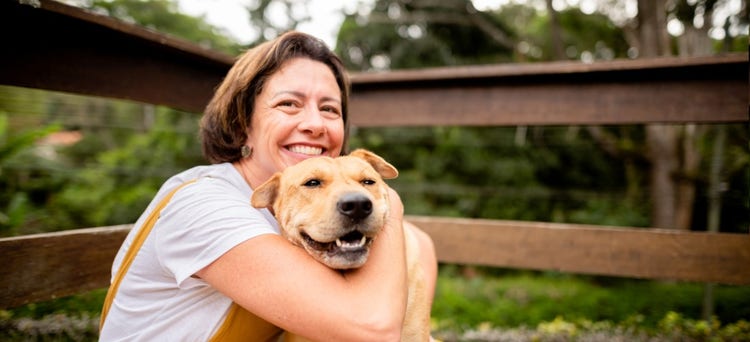
Training Tools for Adopted Dogs: What You Need to Know
Share
Adopting a dog can be one of the most rewarding experiences, as it not only changes the life of the dog but also enriches the life of the owner. However, it's crucial to understand that adopted dogs often come with past experiences that may require special attention. To smoothly transition them into their new homes, the right training tools for adopted dogs are essential. These tools not only aid in training but also help in establishing a bond between the dog and the owner, ensuring a healthy relationship.
Many health-conscious pet owners are increasingly looking for ways to ensure their pets lead a happy and healthy life. As a result, understanding and utilizing effective training tools is more important than ever. In this article, we will explore various tools and techniques that can help in training adopted dogs, making the process both enjoyable and effective.

Why Are Training Tools Important for Adopted Dogs?
Training tools are integral for any dog, but especially for those who have been adopted. These dogs might have experienced a variety of environments, some of which might not have been ideal. Therefore, it becomes imperative to provide them with a consistent and loving atmosphere. Tools such as specialized collars, leashes, and treats can be instrumental in instilling confidence and promoting good behavior.
Moreover, using the right tools can significantly reduce the time it takes for an adopted dog to acclimate to their new surroundings. For health-conscious pet owners, ensuring that their dog is mentally and physically stimulated is paramount. Training tools help in achieving this balance, promoting overall well-being.
Essential Training Tools for Adopted Dogs
1. Leashes and Collars
Leashes and collars are the most basic yet crucial tools in dog training. For adopted dogs, consider using a collar with a vibration training mode. This can gently guide dogs without causing stress. Learn more about collars with vibration training modes.
2. Treats and Rewards
Treats are a fantastic way to reward good behavior and encourage learning. Choose healthy options that align with your pet's dietary needs. Consistency in rewarding ensures the dog associates positive actions with positive outcomes.
3. Clickers
Clicker training is a popular method used by trainers worldwide. It's a simple tool that produces a clicking sound, marking a specific behavior. When paired with a treat, it reinforces the desired action.
4. Puzzle Toys
Puzzle toys are excellent for mental stimulation. These toys challenge the dog, keeping them engaged and preventing boredom. They are particularly beneficial for adopted dogs who may need extra stimulation to adjust to their new environment.
Creating a Safe Environment
While training tools are essential, creating a safe and welcoming environment is equally important. Ensure your home is pet-friendly and that you provide your dog with a comfortable space. For tips on making your home feel secure, check out these steps to help your dog feel safe.
Common Challenges in Training Adopted Dogs
Adopted dogs may face challenges like separation anxiety, fearfulness, or aggression. Understanding these issues and addressing them with patience and the right tools is crucial. Consistency, patience, and love are the keys to overcoming these hurdles.
For more insights on the adoption process and subsequent training, you can explore this adoption guide.
Conclusion
Training adopted dogs requires dedication, understanding, and the right set of tools. With the right approach, you can ensure that your adopted dog feels loved, secure, and well-adjusted in their new home. Health-conscious pet owners can rest assured that with consistent training and care, their adopted dogs will lead a fulfilling and happy life.
For further reading, consider exploring topics like how to adopt a rescue puppy or holiday-themed dog collars for your newly adopted friend.

FAQs
What are the best training tools for adopted dogs?
The best training tools include leashes and collars, clickers, puzzle toys, and healthy treats. These tools help in promoting good behavior and ensuring the overall well-being of the dog.
How can I make my adopted dog feel at home?
Creating a safe and welcoming environment is crucial. Provide a comfortable space, be patient, and use training tools to help them adjust to their new home.
Are training tools necessary for all adopted dogs?
Yes, training tools are essential for all adopted dogs as they help in establishing a routine, promoting good behavior, and ensuring the dog's mental and physical well-being.
This article contains affiliate links. We may earn a commission at no extra cost to you.
